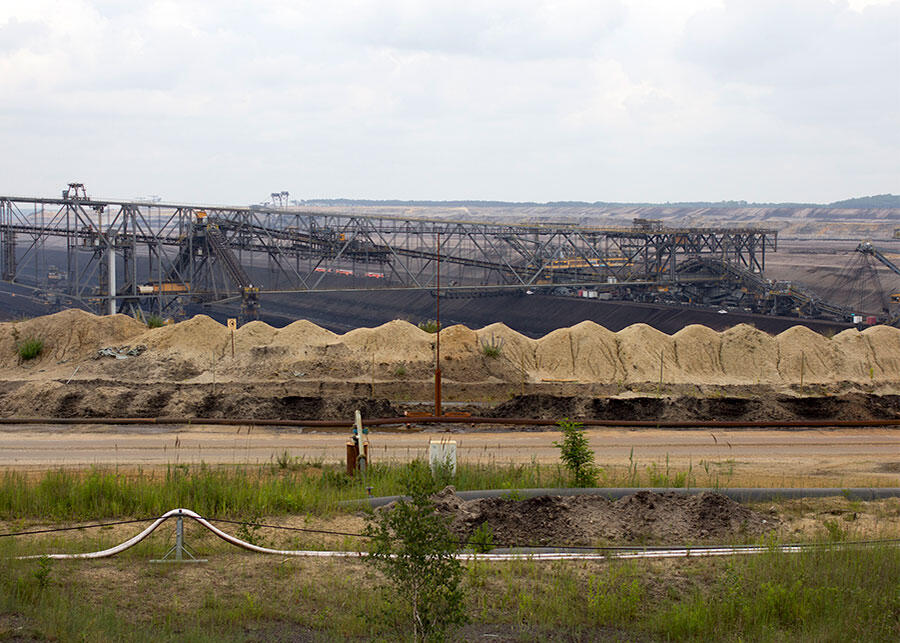
This summer, four graduate research assistants – Igor Ekštajn, Eli Keller, Michael Keller, and Namik Mackic undertook a two-week field trip to Berlin together with portal director Eve Blau and affiliated faculty Max Hirsh. The objective of the visit was to gather base information on a number of key research sites in Berlin and the surrounding region, building off work done during the previous summer in Berlin and fall semester at the GSD. The time was split between visits to archives, including the Berlin Landesarchiv, Senftenberg City Archive, and the DEFA film archive in Potsdam, and extensive on-site documentation in Berlin (primarily focused on neighborhoods Mitte, Neukölln and Kreuzberg) as well as in Senftenberg and its surrounding post-mining landscapes.
Three themes — the Berlin block, mobility/temporality, and nature/technology — were used to guide the research, often combining historic documentation and contemporary observation on a particular site. For example, the Straube Plan of 1910 was used as a guide to analyze a number of key sites of public and private infrastructure in Mitte, Kreuzberg and Neukölln, while on-site observations led the researchers to pursue particular historic imagery at the Berlin Landesarchiv.
The theme of mobility and temporality focused on the changing spatial relationships of live-and-work space for a number of different social groups active in Berlin. Past and present imprints of immigration were studied, ranging from the Dong Xuan commercial center in Lichtenberg to a cultural festival in Mariannenplatz foduing on, and featuring, recent refugee groups.
In pursuing the theme of nature and technology, the group studied the historical material relationships between Berlin and the surrounding region of Brandenburg as well as the interrelated ideas of nature and technology that have historical characterized the developments in this region. A visit to the Senftenberg City Archive allowed for research via a range of media, from personal photography books to DDR-era city planning documents. In addition to archival material a number of sites were visited, from active lignite mines near Welzow, to mines recultivated as lake landscapes in and around Senftenberg. Still today a primary source of electricity for Berlin, lignite mining and its planned recultivation continues to characterize the Lusatia region.









